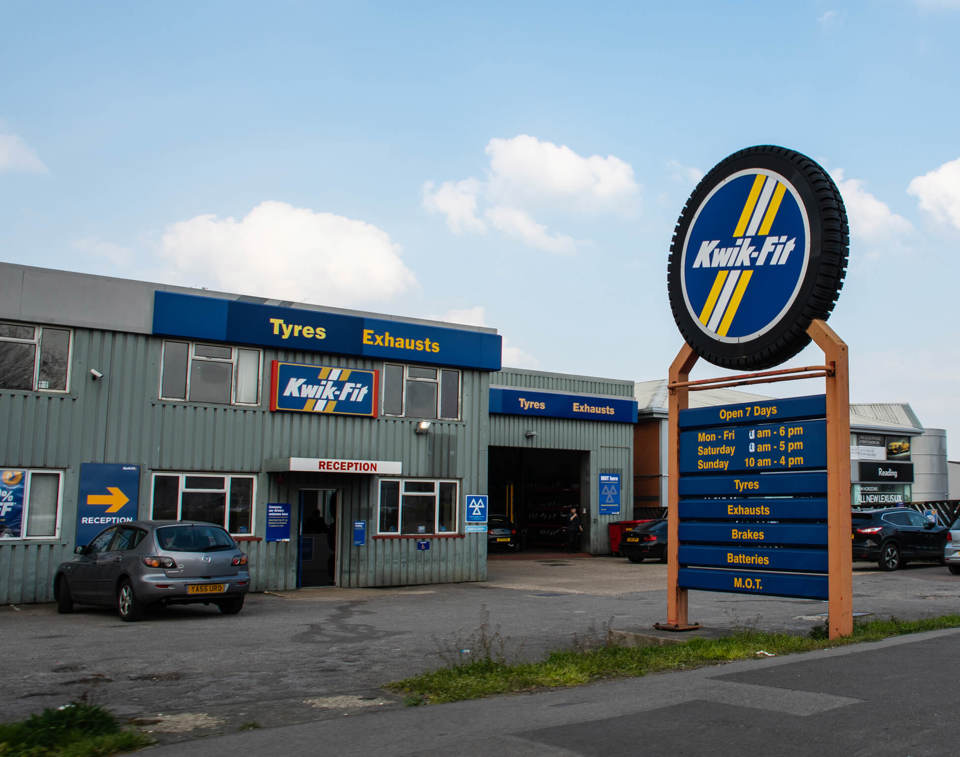Kwik Fit has introduced a new pricing strategy, which sees all brake pads and discs for a manufacturer’s individual car and light commercial vehicle model range priced identically irrespective of the derivative of the vehicle.
This means that replacement pads and discs for the Ford Focus, are the same price whether the model is the entry-level 1.6 85 Studio or the range-topping 2.0 TDCI 163 Titanium.
Likewise in respect of fleet favourite the BMW 3 Series, replacement pads and discs will cost the same whether they are for a 316i ES or range-topping 330d M Sport saloon.
Peter Lambert, fleet director at Kwik Fit, said: “There can be five or even 10 different versions of brake pads and discs across a single model line-up and typically pricing will vary across the range.
“We are delivering total price transparency across model ranges, which aids fleet budgeting.”
Typically replacement brakes parts are priced according to the robustness required linked to a vehicle’s design.
For example, models with a sporty bias will require more powerful brakes and they usually come at a price premium over those required on ‘standard’ models.
The revised pricing strategy improves Kwik Fit’s brake offering which includes:
- The use of brake parts designed and manufactured to original equipment specification
- More than 600 specialist and fully trained brake technicians undertaking work at Kwik Fit centres nationwide
- The ability to undertake brake replacement work at the same time as carrying out tyre repair/replacement
Additionally, a free brake check and written report is available at all centres and takes around 45 minutes to complete.
The examination includes the digital measurement of wear on brake pads, shoes, brake discs and drums against the vehicle manufacturer’s specification.
Kwik Fit recommends that drivers who cover average, or above average, mileage have their vehicle’s braking system checked at least twice a year.
Lambert said: “Regular brake checks are an important part of any vehicle preventative maintenance plan and a vital component of a comprehensive occupational road risk management policy.
“Brake checks can identify a problem before it begins to impact a vehicle’s braking efficiency, thus providing an opportunity to restore the effectiveness of the braking system to its intended operating performance.
"The effects of a sudden brake failure can be devastating and in the event of an accident attributed to faulty brakes, the consequences of not maintaining an effective braking system could result in prosecution.
“A free brake inspection at one of our centres can prove to be a major cost saving for fleet managers. A few minutes spent inspecting brake pads could save a hefty bill for brake disc replacement if the pads are allowed to wear down to the metal. It is false economy not to have brakes inspected for wear and tear.”
The lifespan of brake pads, discs, and other parts varies depending on mileage, the type of vehicle, the way it is driven and the way it is loaded.
Driving patterns are a major influencer on brake wear. For example, a set of brake pads could last up to 60,000 miles or even more on a vehicle driven mostly on motorways, but perhaps less than half that mileage if the car or van is driven regularly in urban areas in stop-start traffic conditions.

















Login to comment
Comments
No comments have been made yet.